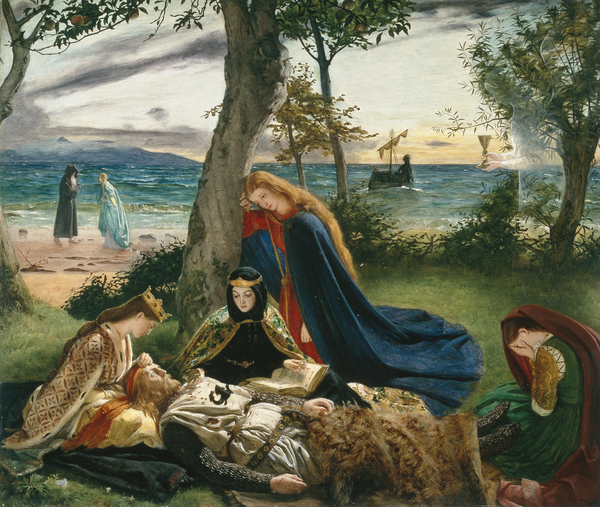|
Avalon, California
Avalon is the only incorporated city on Santa Catalina Island, in the California Channel Islands, and the southernmost city in Los Angeles County. The city is a resort community with the waterfront dominated by tourism-oriented businesses. The older parts of the town on the valley floor consist primarily of small houses and two and three-story buildings in various traditional architectural styles. In 1919, William Wrigley Jr. gained control of Avalon and oversaw much of the development of Avalon, including the construction of the landmark Catalina Casino. From the late 19th century to the early 20th century, several different developers tried to develop Avalon into a resort destination community, but most before Wrigley went bankrupt. The population was 3,728 at the 2010 census. Avalon attracts about 1 million visitors a year and is frequently visited by cruise ships. Before European colonization, the island was inhabited by the Tongva people. History Prior to the mode ... [...More Info...] [...Related Items...] OR: [Wikipedia] [Google] [Baidu] |
Avalon
Avalon (; la, Insula Avallonis; cy, Ynys Afallon, Ynys Afallach; kw, Enys Avalow; literally meaning "the isle of fruit r appletrees"; also written ''Avallon'' or ''Avilion'' among various other spellings) is a mythical island featured in the Arthurian legend that first appeared in Geoffrey of Monmouth's influential 1136 ''Historia Regum Britanniae'' as a place of magic where King Arthur's sword Excalibur was made and later where Arthur was taken to recover from being gravely wounded at the Battle of Camlann. Since then, the island has become a symbol of Arthurian mythology, similar to Arthur's castle of Camelot. Avalon was associated from an early date with mystical practices and magical figures such as King Arthur's half-sister Morgan, cast as the island's ruler by Geoffrey and some of the later authors inspired by him. Certain Briton traditions maintain that Arthur is an eternal king who had never truly died but would return, and the particular motif of his rest in Mor ... [...More Info...] [...Related Items...] OR: [Wikipedia] [Google] [Baidu] |

